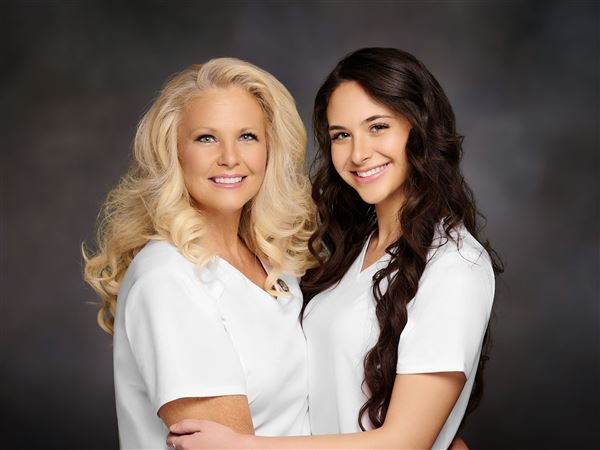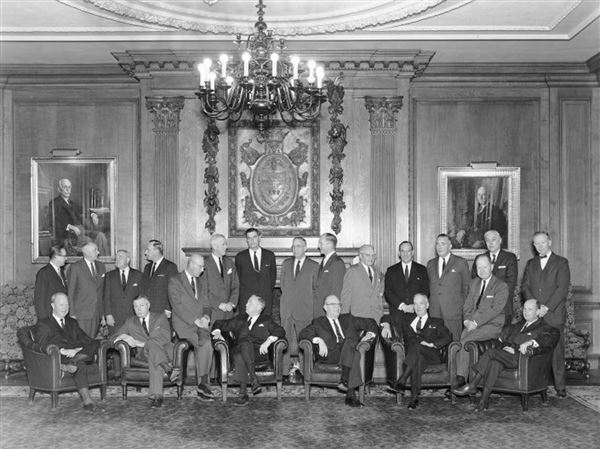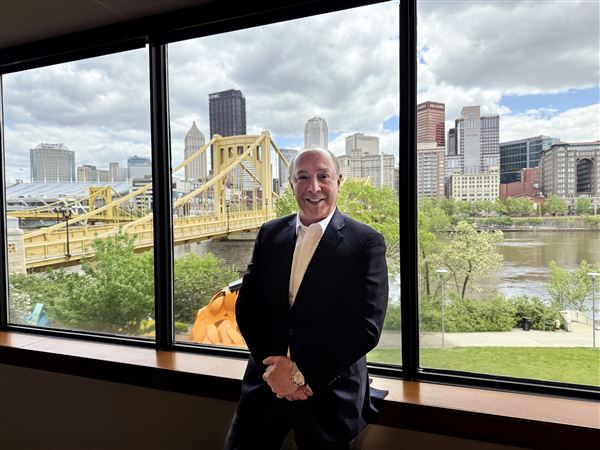At a time when many baby boomers are struggling to pay mortgages on homes that have lost value, the ads for reverse mortgages can sound like a lifeline.
But don't reach for one too quickly, Consumer Reports advises. Reverse mortgages, which carry huge costs, can lead to foreclosure and should be seen only as a last resort.
Reverse mortgages allow people who are at least 62 years of age to cash in some of their home equity for a lump sum or regular payouts while staying in the home. As long as borrowers maintain the home and pay the property tax and insurance premiums, the loan doesn't have to be repaid until the last borrower dies, sells the place, or lives elsewhere for 12 months.
Most reverse mortgages are insured through the Federal Housing Administration's Home Equity Conversion Mortgage program. Recent changes in that program and heightened competition among lenders are resulting in new loan options and lower up-front costs.
But other costs have increased dramatically, and ballooning finance charges can quickly drain your home equity. You also risk foreclosure if you can't afford the property tax and insurance and can't work out a repayment plan, under new federal guidelines announced in January. Those defaults and other costs are threatening the solvency of the government insurance fund that makes the loans virtually risk-free for lenders.
That's why it's important to fully understand the complex terms of reverse mortgages. Three choices promoted now:
• Fixed-rate reverse mortgages. The amount of equity you can tap from a standard reverse mortgage depends on three variables: your age, the property's value and the interest rate on the loan. Generally, the older you are, the higher the value and the lower the interest rate, the more money you can borrow.
Like other mortgages, the reverse type comes with either a fixed or adjustable rate. The proportion of fixed-rate reverse mortgages issued in 2010 soared to 69 percent, up from 11 percent the previous year. With a fixed-rate reverse mortgage, you must take all the money in a lump sum at the outset, and interest starts accruing immediately.
Bottom line. The large up-front interest costs make fixed-rate reverse mortgages worth considering only if you absolutely must tap all available equity immediately.
• Adjustable-rate loans. The interest rate you'll pay on an adjustable-rate reverse mortgage can change every month. Over the life of the loan, rates can rise by as much as 10 percentage points. But on the plus side, you have the option to take cash in lump sums, in regular monthly payments, or through a credit line that you tap only when necessary. Interest is not assessed until you draw on the available funds.
Bottom line. The flexibility the loans offer is an advantage, but CR warns that rate hikes can send your costs soaring.
• Reverse home equity line. In late 2010, the FHA introduced a new type of reverse mortgage called a Home Equity Conversion Mortgage Saver, which eliminates most of the 2 percent up-front insurance premium borrowers must pay on regular federally backed loans. The Saver's up-front premium is just 0.01 percent, so for a $300,000 home, it would come to $30 instead of $6,000. The ongoing annual premium that borrowers must pay is the same as for a standard reverse mortgage: 1.25 percent of the loan's outstanding balance. But Saver borrowers are limited to taking 10 to 18 percent less than the standard version allows.
Bottom line. The Saver might make sense for borrowers who want to tap only a small amount of equity for a relatively short period of time, but are unable to qualify for a home equity line of credit.
First Published: May 8, 2011, 4:00 a.m.













